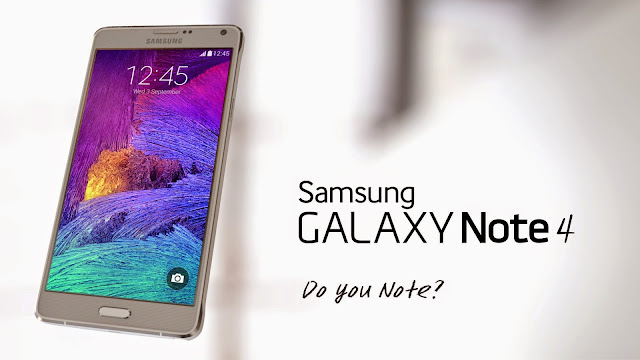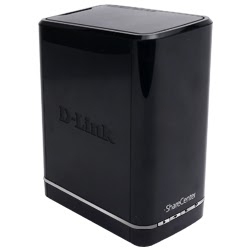This iRova KK8 is easy enough to clean. The effort of cleaning the dust bin and it's brushes are less than sweeping the floor. Here a breakdown of how I clean the robotic vacuum.
Dust Bin
 |
| Dust collected after a day's work |
 |
| Dust collected after a week work |
The dust bin is a top loaded design. So it's pretty easy to access the dust bin by popping up the top cover and pull out the whole dust bin. The dust bin consist of the dust bin itself, a primary filter and a HEPA filter. Take out the primary filter and brush out all the dust first. Then take out the HEPA filter and wash the dust bin and primary filter with water. You don't have to wash the HEPA filter every time you wash the dust bin. Wash the HEPA filter once a month. Just flush the HEPA filter through a running tap water. You don't have to brush the HEPA filter.
Side Brushes
 |
| Clean side brush |
 |
| Side brush entangled with long hair |
The brushes are easy to clean by using a damp cloth. Look out for entangled long hairs while cleaning them.
Mop Pad
 |
| Clean mop pad |
 |
| Mop pad after a week |
It has a dry mop pad at the back, so that also need regular cleaning. The mop pad stick to its bottom using Velcro, so just tear it out and clean the mop pad with water. Dry it up and stick it back to its bottom. This mop pad is quite effective on some of the stains cause by wet dirty feet.
Dust Sensor
The dust sensor is built-in the vacuum intake passage way (you can spot the LED sensor from the pic above) to detect how dirty is the area. The sensor is easy to clean by using a wet cotton swap.
Spare Parts
IRova sells spare parts from its website in Malaysia. Check them out at
http://www.i-rova.com/category-149554.htmlNavigation











Comments
Post a Comment